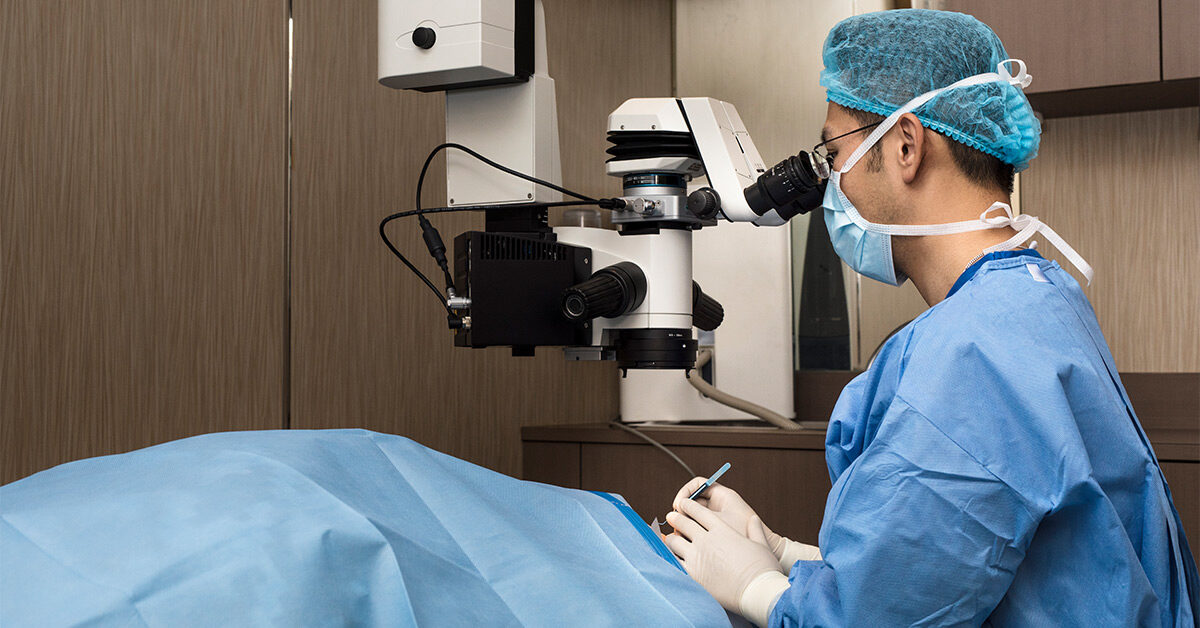LASIK is an acronym for the medical term, “laser-assisted in situ keratomileusis.” The surgery is regularly performed to treat farsightedness (hyperopia), nearsightedness (myopia), or an astigmatism. The refractive surgery is undertaken to reshape a patient’s cornea so light can enter the eye and focus on the retina. When light is focused on the retina in this way, it results in better vision.
Almost Immediate Results
What is great about the surgery is that it can be completed in a short amount of time. In fact, you can have a LASIK operation performed inside of 15 minutes for both eyes. The result is better vision – vision that does not need assistance from contact lenses or eyeglasses. Plus, the results are noted within 24 hours.
Surgical Steps
In most instances, patients do not experience any pain or discomfort during the surgery. If you are not a good candidate for LASIK in San Antonio, your eye doctor will discuss possible alternatives. In order to perform the eye surgery, the doctors uses a surgical tool to produce a circular and thin flap in the cornea. If your cornea is too thin, this type of process cannot be done and the surgeon will suggest another treatment plan.
After a hinged flap is made, the doctor folds back the flap to access the stroma. The stroma is the underlying cornea. He removes some of the tissue with the use of the laser. The laser produces a cool ultraviolet light and ablates or removes very small amounts of tissue from the cornea. Again, this is done to reshape the cornea so it can more easily and precisely focus light onto the retina.
Reshaping the Cornea
If you are nearsighted, the goal of the surgery is to flatten the shape of the cornea. However, if you happen to be farsighted, the surgeon will shape the cornea so it is steeper. An astigmatism can be corrected by smoothing the shape of the cornea into a more normalised form.
After the laser is used for reshaping the cornea, the flap is placed back, thereby covering the spot where the tissue of the cornea was removed. After this point, the cornea is permitted to heal naturally. This type of procedure only necessitates the use of topical anesthetic drops. The patient does not require any other supports to heal, such as stitches or bandages.
Before laser eye surgery, the doctor performs a complete eye exam to make sure the patient’s eyes are healthy. He or she therefore assesses the thickness and shape of the cornea and determines the refractive errors and pupil size. If the pupils are too large, the patient is often directed to another treatment plan. Large pupils can lead to problems with glares or halos appearing after the surgery.

